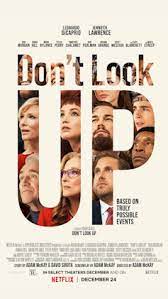Rather than write an original blogpost this week, I instead will allow the words of
Venerable Thich Nhat Hanh to have their place here. This blogsite has frequently quoted Thich Nhat Hanh, most often in relation to his concept of interbeing. Thich Nhat Hanh (who died on 22 January 2022) described interbeing as “the many in the one and the one containing the many.” In a nod to the oft-quoted Descartes saying about being, Thich Nhat Hanh further expressed interbeing as: “I am, therefore you are. You are, therefore I am. We inter-are.”
It is a concept
fundamental to all of his teachings. It is a concept we dearly need to learn.
Let us read
further from the words of this wise and compassionate teacher:
On Walking
·
“The miracle is not to walk on water. The
miracle is to walk on the green earth, dwelling deeply in the present moment
and feeling truly alive.”
·
“When we walk like we are rushing, we print
anxiety and sorrow on the earth. We have to walk in a way that we only print
peace and serenity on the earth. Be aware of the contact between your feet and
the earth. Walk as if you are kissing the earth with your feet.”
On
Happiness
·
“Whether the moment is happy or not depends
on you. It is you that makes the moment happy. It is not the moment that makes
you happy.”
On
Silence
·
“Just as the painter uses shadow to highlight
forms and shapes, so does silence highlight our words and speech.”
·
“Silence is essential. We need silence, just
as much as we need air, just as much as plants need light. If our minds are
crowded with words and thoughts, there is no space for us.”
On
Compassion
·
“To love our enemy is impossible. The moment we
understand our enemy, we feel compassion towards him or her, and he or she is
no longer our enemy.”
On
Politics
·
“It is not correct to believe that the world’s
situation is in the hands of the government and that if the presidents would
only have the correct policies, there would be peace. Our daily lives have the
most to do with the situation of the world. If we change our daily lives, we
can change our governments and we can change the world.”
Thank you, Thich Nhat Hanh, for all your teachings and
offerings to us and the world. Your words are of far greater significance that
any eulogy that I may be able to offer.



